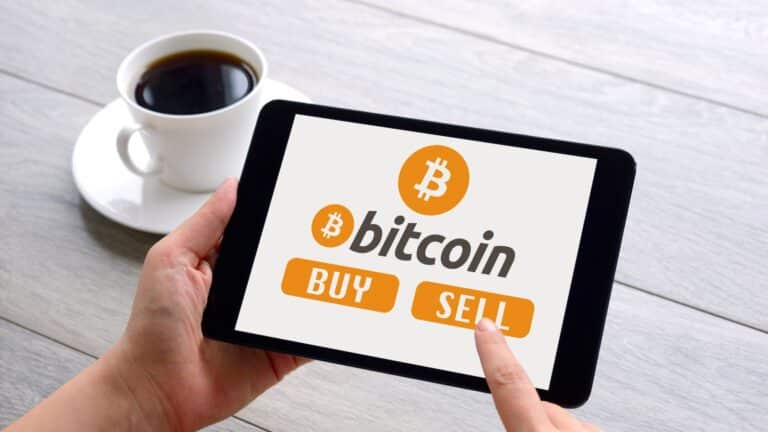Have you ever sent Bitcoin to someone and felt like it took longer than usual for it to arrive in their wallet? Well, you’re not alone. There are a few reasons for why this can occur, and it’s all related to how the Bitcoin blockchain works. Let’s start with the mempool, where all unconfirmed Bitcoin transactions are stored:

What is The Mempool?
The Bitcoin mempool is a temporary storage area for all pending/unconfirmed Bitcoin transactions that have yet to be confirmed through mining. Every time you send Bitcoin, the transaction needs to be confirmed by Bitcoin miners to be added to the blockchain ledger. Miners choose transactions from the mempool and add them to blocks through mining, which are then added to the blockchain. To put it simply, the mempool is a waiting room for transactions, and the length of time it takes for a transaction to be confirmed depends on several factors, like the size of the transaction fee and the network’s current transaction volume.
During periods of high transaction volume, such as when there is a surge in demand for Bitcoin, the mempool can become congested, and transactions may take longer to be confirmed. When the number of unconfirmed transactions exceeds the block size limit, miners prioritize transactions with higher fees, and transactions with lower fees may have to wait longer to be confirmed. Users can check the status of their transactions by viewing the mempool on a blockchain explorer or through their Bitcoin wallet.
Now that you know about the mempool, let’s cover a couple more common reasons for Bitcoin transactions taking longer than expected.
Limited Block Size
The Bitcoin network has a limited block size of 1 megabyte (MB), which means that each block can only contain a certain number of transactions. Originally, this block size limit was set to prevent spam transactions and to ensure that the blockchain can be easily stored and maintained by network participants.
However, as the popularity of Bitcoin has grown, so has the number of transactions being sent to the network. In periods of high demand, such as when there is a surge in the price of Bitcoin or when many people are buying or selling Bitcoin, the number of transactions waiting to be confirmed can exceed the block size limit.
When there are more transactions waiting to be confirmed than can fit in a block, transactions with higher fees are prioritized by miners because they are incentivized to earn more transaction fees. This can result in lower-fee transactions taking longer to be confirmed.
To address this issue, some proposed changes to the Bitcoin network have included increasing the block size limit, while others have focused on implementing scaling solutions like Segregated Witness (SegWit) or the Lightning Network. These solutions aim to increase the transaction capacity of the network while maintaining the security and decentralization of the Bitcoin network. However, implementing such changes can be a complicated process.
Low Transaction Fees
When a user sends a Bitcoin transaction, they can choose to include a transaction fee, which is paid to the miners as an incentive to prioritize and confirm the transaction. If the fee is too low, miners may choose to prioritize other transactions with higher fees, and the transaction may take longer to be confirmed.
The fee required to get a transaction confirmed quickly varies depending on network activity and congestion in the mempool. During periods of low demand, such as during weekends or holidays, transaction fees tend to be lower, and transactions can be confirmed quickly even with lower fees. However, during periods of high demand, such as when there is a surge in demand for Bitcoin or when there are network congestion issues, fees can increase significantly, and users may have to pay higher fees to ensure timely confirmation.
To avoid the risk of having a transaction stuck in the mempool for an extended period, it is recommended that users include a reasonable transaction fee. Most Bitcoin wallets have a feature that automatically calculates an appropriate fee based on network activity and transaction size. For example, the RockItCoin app allows you to set a Low, Medium, and High transaction speed, which varies in cost.
Paper Wallets vs Digital Wallets
A congested mempool can have adverse effects on Bitcoin paper wallets. When a paper wallet’s private key is swept into a digital wallet like the RockItCoin app, it automatically selects a standard to high mining fee in order to transfer the Bitcoin off the paper wallet as quickly as possible. This can result in the amount of bitcoin being transferred to decrease, as a part of it is spent on the increased mining fee. It is recommended that you use a digital wallet when you make a purchase at a RockItCoin Bitcoin ATM – we recommend the RockItCoin app! Download it on the App Store or Google Play today.








